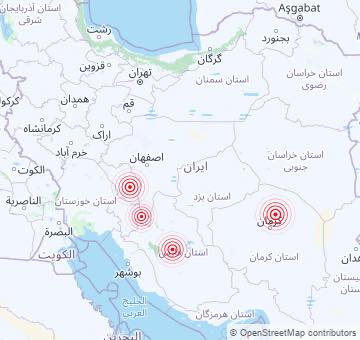randallpickens@gmail.com
Congratulations! You found us… You’re just a click away from reading or listening to a publication of interest, either a featured article, recent “pickins” or access to our archive library.
Be sure to check out our MENU CATEGORIES. We’ve organized our site for quick and easy access to subjects of interest. We provide our readers with SHARE OPTIONS and PRINT capability so our material can be used as offline personal or group study guides.
If you’re new to our site, let me extend our sincere appreciation for visiting our site. Let me start by assuring you, we will “not” pester you with ads. We don’t sell products nor will we solicit donations. This is a FREE site and we are focused on sharing the gospel. Since our launch in 2020 we have serviced thousands of readers across 128 countries. Many of these countries would be considered hostile to Christianity which is why we are committed to keeping our material free and providing means to print content. Our content is copyright protected but we encourage you to use it or share it; just don’t plagiarize our content. If you enjoy our content, tell your friends and family about us. We covet your prayers and feedback. Drop us an email or comment occasionally. randallpickens@gmail.com
It helps us tremendously to hear that people are truly benefiting from our publications. Let us know if there are subjects interest you would like us to include.




